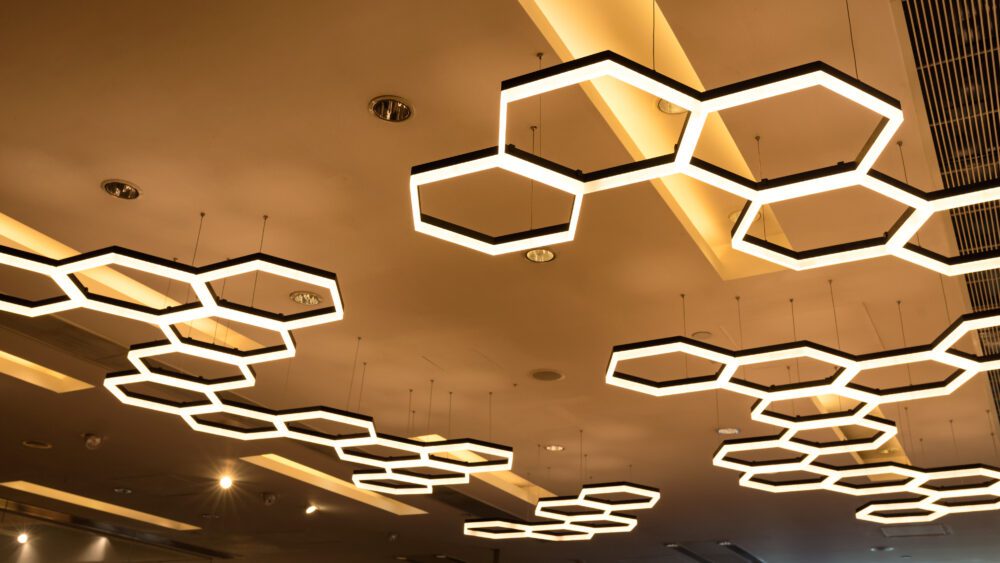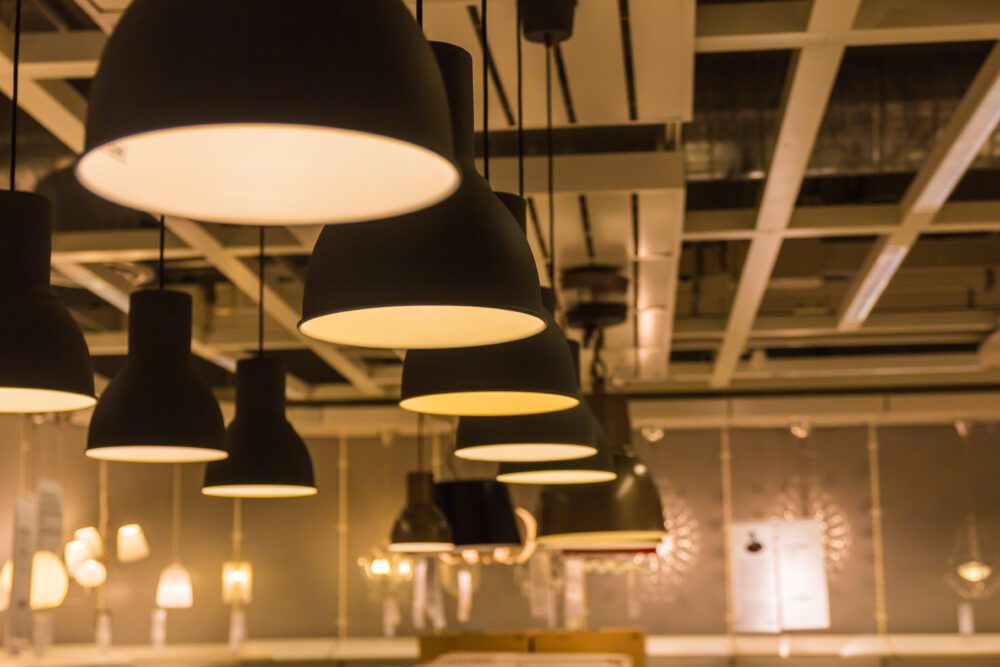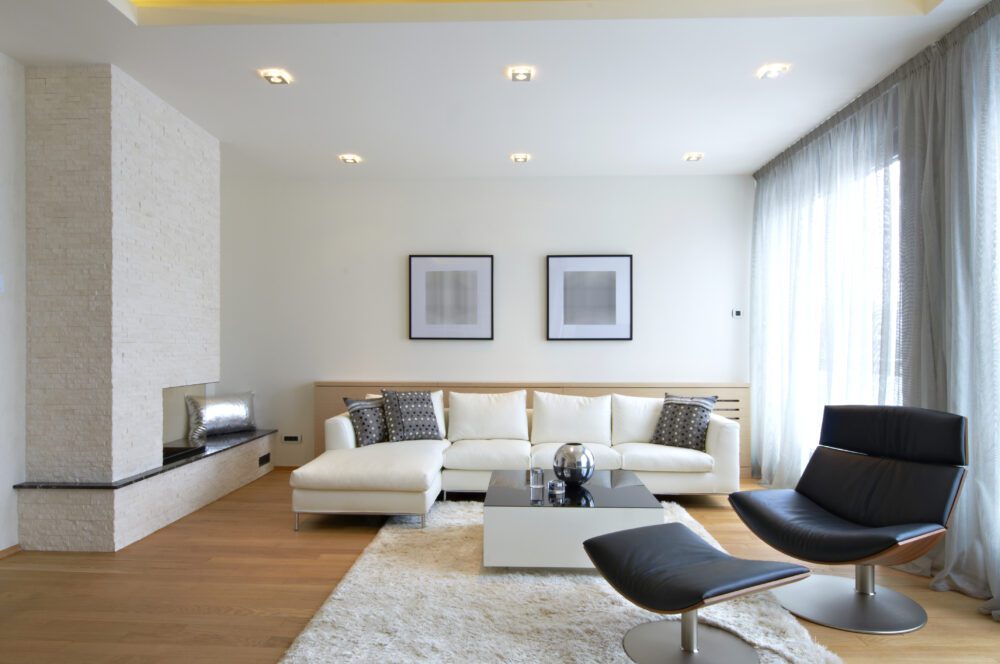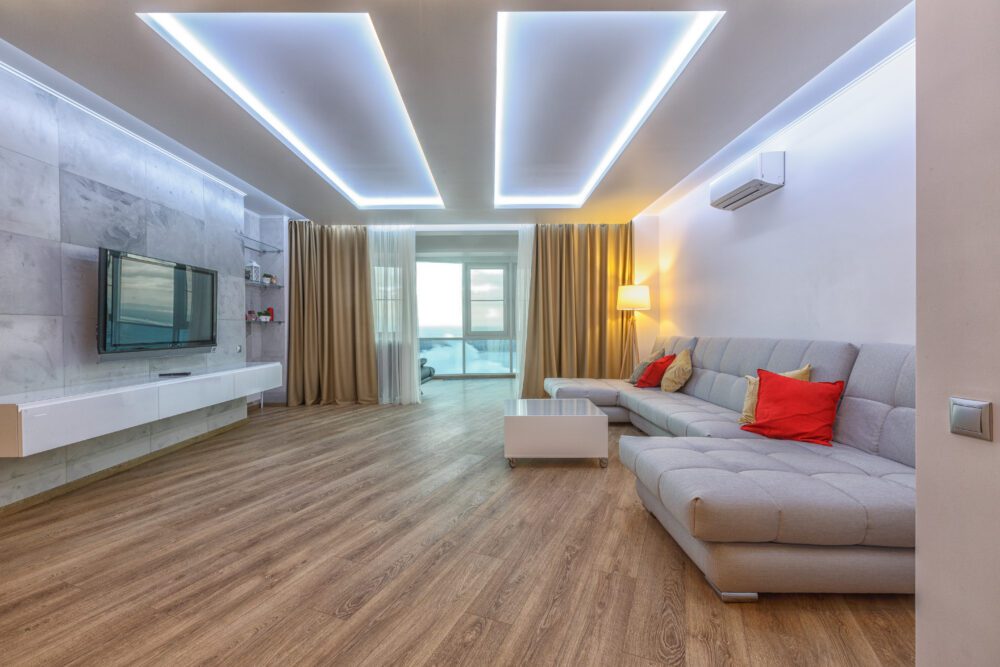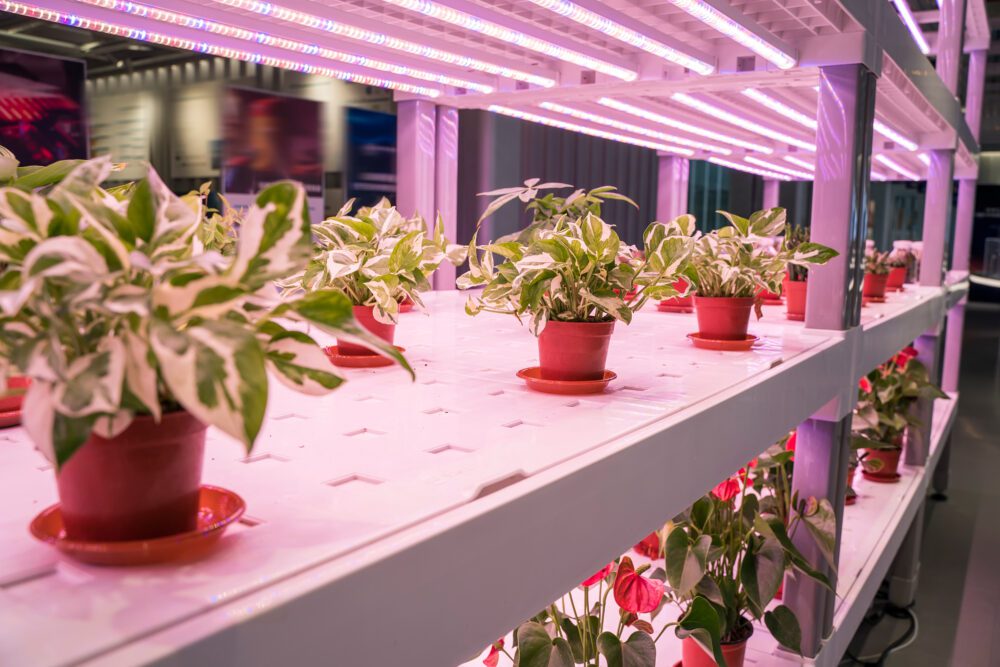
The world market for Horticultural Lighting
Il mercato mondiale dell'illuminazione per l'orticoltura
Illuminazione | Settembre 2021
€1600

RAPPORTO IN LINGUA INGLESE
Settembre 2021,
I Ed. ,
80 pagine
Prezzo (licenza per singolo utente):
EUR 1600 / USD 1744
Contattateci per licenze corporate e multiuser
Lingua: English
Codice report: S85
Editore: CSIL
Status: available for online purchase and immediate download
Download
Indici dei contenuti
The aim of the Report “ The world market for Horticultural Lighting” is to better understand the global market for horticultural lighting, its competitive landscape, and the new opportunities arising from the growth of the agritech business.
Horticulture lighting is a technology that stimulates photosynthesis in plants by emitting suitable wavelength. The scope of the analysis includes different types of horticulture lighting installations: Top lighting, Vertical farming, Interlighting (intracanopy lighting). These lighting systems playing several roles in plant growth: supplemental lighting, photoperiodic lighting, and sole-source lighting.
The analysis has been based on a mixed methodology, combining primary and secondary research:
- Desk research. The desk research will include available data from CSIL database; web surfing; balance-sheets and related international databases; collected statistics (Eurostat, IMF, World Bank, etc).
- Field analysis. Direct interviews with industry testimonials.
The geographical classification is as follows:
- North America: United States and Canada.
- Latin America: Argentina, Brazil, Chile, Colombia, Mexico, Venezuela.
- Europe: Austria, Belgium (including Luxembourg), Bulgaria, Croatia, Cyprus, Czech Republic, Denmark, Estonia, Finland, France, Germany, Greece, Hungary, Ireland, Italy, Latvia, Lithuania, Malta, Netherlands, Norway, Poland, Portugal, Romania, Slovakia, Slovenia, Spain, Sweden, Switzerland, and United Kingdom.
- CSI countries: Belarus, Kazakhstan, Russia, Serbia, Turkey, and Ukraine.
- Asia-Pacific: Australia, China, India, Indonesia, Malaysia, Japan, New Zealand, Philippines, Singapore, South Korea, Taiwan, Thailand, Vietnam.
- Middle East: Algeria, Bahrain, Egypt, Israel, Jordan, Kuwait, Lebanon, Morocco, Oman, Qatar, Saudi Arabia, South Africa, Tunisia, United Arab Emirates.
- Rest of the world: remaining countries.
The Report provides estimates 2018-2020 and forecasts 2021-2023 of Total and LED-based consumption of horticultural lighting fixtures at global level and broken down by geographical area.
The horticultural lighting fixtures demand is broken down by Light Source (Conventional and LED) and by Application (Greenhouses, Indoor and Vertical Farming, and Others, which include R&D, animal barns, and aquaculture). The Cannabis business encompasses both the Greenhouse segment and the Indoor and vertical farming segment, therefore is treated as a separate section. The Distribution Channels and Reference Prices are examined. The Technological Evolution of the horticultural lighting industry is provided by analysing Intellectual Property (IP) applications
The competitive system analyses the main companies active in the horticultural lighting fixtures market are reported with data on sales, market shares, and short company profiles.
The main Market Drivers (food demand and population dynamics, climate change and weather uncertainty, and cannabis legislation evolution) together with the Other Players operating in the agritech industry complete the study.
Aziende selezionate
ABC Lights, Aessense grows, Ardatovskiy Lighting Plant (ASTZ), Aurea Lighting, Barron Lighting Group , Bios – Biological Innovation and Optimization Systems, LLC, BL Trade (Boos Lighting Group) , California LightWorks, Candidus, Cree Inc, Current powered by GE, DN Lighting Co Ltd – DNL, EVE Lighting Co Ltd, Everlight Electronics Co Ltd, Fagerhult Belysning AB, Faros Group, Fiberli, Fohse Inc., Fluence by Osram, Signify
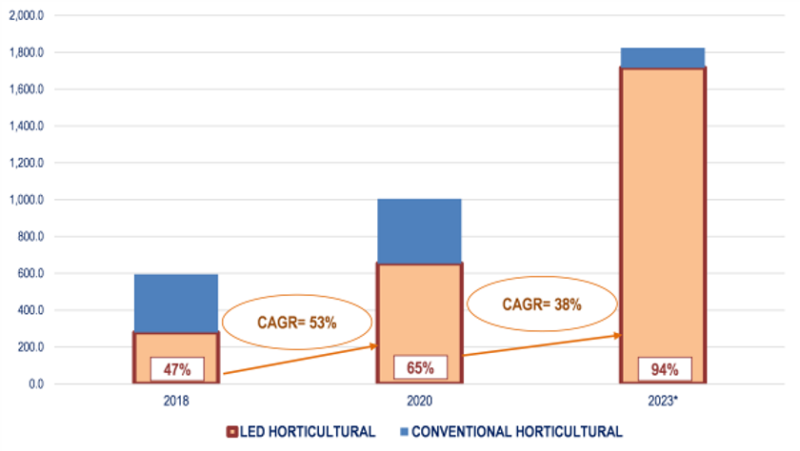
- Horticultural lighting is one of the fastest growing markets in the lighting industry today. Between 2018 and 2020, while the total lighting fixtures market dropped at an average rate of 3% per year, the horticultural business kept increasing at a CAGR of 30%. CSIL estimates that the sector will reach US$ 1.8 billion by 2023.
- The advent of LED technology has emerged to have a leg of a few years compared to the general market, but it has been catching up fast. Its share has passed from less than 47% (2018) to 94% (2023).
- The largest regional market is Asia Pacific, followed by North America and Europe. Asia Pacific and CSI countries are the ones expecting to report the fastest growth between 2020 and 2023.
- In term of applications, in 2020 the global market for horticultural market can be broken down in descendent order in: greenhouse, cannabis, indoor and vertical farming and research.
- The market is quite concentrated among the largest players. The top 10 largest players in CSIL sample hold a cumulative market share of over 50%. Signify is by far the leading player with a market share of 14%, followed Fluence by Osram and Gavita.
INTRODUCTION
Contents of the Report; Definitions; Methodological notes
BASIC DATA AND ACTIVITY TREND
World. Total and horticultural lighting market by geographic area, 2018-2020 estimates and 2021-2023 forecasts
MARKET STRUCTURE
World. LED Horticultural lighting. Market estimates 2018-2020 and forecast 2021-2023 (in value and as a share of the total)
World. Total horticultural lighting market broken down by application, 2020-2023 (in value and as a share of the total)
World. A list of greenhouses, indoor and vertical farmers, research institutions and their lighting partners.
World. A list of Cannabis cultivators and their lighting partners
World. Horticultural lighting. Reference prices, 2021.
World. IP family applications, 2000-2020
COMPETITIVE SYSTEM
World. Horticultural lighting fixtures sales and market shares of 40 among the leading companies
Short profiles of additional players grouped in North America, EMEA, and Asia Pacific
AGRITECH INDUSTRY OVERVIEW
Market drivers (Food demand: population dynamics, Climate change and weather uncertainty, Cannabis legislation evolution)
World Population, total (2000-2100) and broken down by geographic area (2000-2050) and by urban vs rural (2000-2050)
World. Annual global surface temperature, 1850-2100.
World and USA. Map of cannabis legality
Main players of the agritech business (Component Technology, Production Growing Systems, Growers)
The aim of the Report “ The world market for Horticultural Lighting” is to better understand the global market for horticultural lighting, its competitive landscape, and the new opportunities arising from the growth of the agritech business.
Horticulture lighting is a technology that stimulates photosynthesis in plants by emitting suitable wavelength. The scope of the analysis includes different types of horticulture lighting installations: Top lighting, Vertical farming, Interlighting (intracanopy lighting). These lighting systems playing several roles in plant growth: supplemental lighting, photoperiodic lighting, and sole-source lighting.
The analysis has been based on a mixed methodology, combining primary and secondary research:
- Desk research. The desk research will include available data from CSIL database; web surfing; balance-sheets and related international databases; collected statistics (Eurostat, IMF, World Bank, etc).
- Field analysis. Direct interviews with industry testimonials.
The geographical classification is as follows:
- North America: United States and Canada.
- Latin America: Argentina, Brazil, Chile, Colombia, Mexico, Venezuela.
- Europe: Austria, Belgium (including Luxembourg), Bulgaria, Croatia, Cyprus, Czech Republic, Denmark, Estonia, Finland, France, Germany, Greece, Hungary, Ireland, Italy, Latvia, Lithuania, Malta, Netherlands, Norway, Poland, Portugal, Romania, Slovakia, Slovenia, Spain, Sweden, Switzerland, and United Kingdom.
- CSI countries: Belarus, Kazakhstan, Russia, Serbia, Turkey, and Ukraine.
- Asia-Pacific: Australia, China, India, Indonesia, Malaysia, Japan, New Zealand, Philippines, Singapore, South Korea, Taiwan, Thailand, Vietnam.
- Middle East: Algeria, Bahrain, Egypt, Israel, Jordan, Kuwait, Lebanon, Morocco, Oman, Qatar, Saudi Arabia, South Africa, Tunisia, United Arab Emirates.
- Rest of the world: remaining countries.
The Report provides estimates 2018-2020 and forecasts 2021-2023 of Total and LED-based consumption of horticultural lighting fixtures at global level and broken down by geographical area.
The horticultural lighting fixtures demand is broken down by Light Source (Conventional and LED) and by Application (Greenhouses, Indoor and Vertical Farming, and Others, which include R&D, animal barns, and aquaculture). The Cannabis business encompasses both the Greenhouse segment and the Indoor and vertical farming segment, therefore is treated as a separate section. The Distribution Channels and Reference Prices are examined. The Technological Evolution of the horticultural lighting industry is provided by analysing Intellectual Property (IP) applications
The competitive system analyses the main companies active in the horticultural lighting fixtures market are reported with data on sales, market shares, and short company profiles.
The main Market Drivers (food demand and population dynamics, climate change and weather uncertainty, and cannabis legislation evolution) together with the Other Players operating in the agritech industry complete the study.

- Horticultural lighting is one of the fastest growing markets in the lighting industry today. Between 2018 and 2020, while the total lighting fixtures market dropped at an average rate of 3% per year, the horticultural business kept increasing at a CAGR of 30%. CSIL estimates that the sector will reach US$ 1.8 billion by 2023.
- The advent of LED technology has emerged to have a leg of a few years compared to the general market, but it has been catching up fast. Its share has passed from less than 47% (2018) to 94% (2023).
- The largest regional market is Asia Pacific, followed by North America and Europe. Asia Pacific and CSI countries are the ones expecting to report the fastest growth between 2020 and 2023.
- In term of applications, in 2020 the global market for horticultural market can be broken down in descendent order in: greenhouse, cannabis, indoor and vertical farming and research.
- The market is quite concentrated among the largest players. The top 10 largest players in CSIL sample hold a cumulative market share of over 50%. Signify is by far the leading player with a market share of 14%, followed Fluence by Osram and Gavita.
INTRODUCTION
Contents of the Report; Definitions; Methodological notes
BASIC DATA AND ACTIVITY TREND
World. Total and horticultural lighting market by geographic area, 2018-2020 estimates and 2021-2023 forecasts
MARKET STRUCTURE
World. LED Horticultural lighting. Market estimates 2018-2020 and forecast 2021-2023 (in value and as a share of the total)
World. Total horticultural lighting market broken down by application, 2020-2023 (in value and as a share of the total)
World. A list of greenhouses, indoor and vertical farmers, research institutions and their lighting partners.
World. A list of Cannabis cultivators and their lighting partners
World. Horticultural lighting. Reference prices, 2021.
World. IP family applications, 2000-2020
COMPETITIVE SYSTEM
World. Horticultural lighting fixtures sales and market shares of 40 among the leading companies
Short profiles of additional players grouped in North America, EMEA, and Asia Pacific
AGRITECH INDUSTRY OVERVIEW
Market drivers (Food demand: population dynamics, Climate change and weather uncertainty, Cannabis legislation evolution)
World Population, total (2000-2100) and broken down by geographic area (2000-2050) and by urban vs rural (2000-2050)
World. Annual global surface temperature, 1850-2100.
World and USA. Map of cannabis legality
Main players of the agritech business (Component Technology, Production Growing Systems, Growers)
RAPPORTI CORRELATI
The worldwide market for connected lighting (english)
Febbraio 2024,
I Ed. ,
88 pagine
Il mercato mondiale dell'illuminazione connessa
Questo rapporto analizza il mercato globale dell’illuminazione concentrandosi sulle tendenze dei LED e dell’illuminazione connessa. Fornisce previsioni di mercato sottolineando l’impatto della transizione green e della trasformazione digitale. Lo studio include anche una sezione sulla concorrenza del settore, stimando le vendite e le quote di mercato dei principali produttori.
Lighting: World Market Outlook (English)
Novembre 2023,
XXVI Ed. ,
123 pagine
Il mercato mondiale dell'illuminazione
La ventiseiesima edizione della ricerca CSIL “Lighting: World market outlook” analizza, attraverso tabelle e grafici, i dati relativi alla produzione, al consumo e al commercio internazionale di apparecchi di illuminazione a livello mondiale nel suo complesso con un focus su 70 Paesi, per gli anni 2013-2022 e i preliminari del 2023. Sono inoltre fornite previsioni di mercato per i prossimi tre anni (2024-2026).
The lighting fixtures market in China (English)
Settembre 2023,
XVI Ed. ,
205 pagine
Il mercato degli apparecchi per illuminazione in Cina
La 16a edizione di The Lighting Fixtures market in China offre un’analisi accurata e approfondita del settore degli apparecchi di illuminazione in Cina, fornendo dati e tendenze per il periodo 2017-2022 e previsioni fino al 2025. Da un lato, il rapporto analizza le principali tendenze che hanno interessato il mercato negli ultimi cinque anni, considerando la produzione, il consumo, le importazioni e le esportazioni di apparecchi di illuminazione nel Paese. Dall’altro, offre un’analisi della struttura dell’offerta e del sistema competitivo, una panoramica sul trend dell’ illuminazione connessa/smart, il sistema di distribuzione e i principali attori che operano nel mercato.
The lighting fixtures market in the United States (English)
Giugno 2023,
XVII Ed. ,
256 pagine
Il mercato degli apparecchi per illuminazione negli Stati Uniti
Il mercato statunitense dell’illuminazione nel 2022 registra una crescita del 6,5% in termini nominali per quanto riguarda gli apparecchi di illuminazione (consumer, professionale, per esterni), fino a 23,2 miliardi di dollari. Il mercato delle lampade registra un calo (circa -2,9%). Il segmento residenziale è cresciuto ben oltre la media del mercato (+5,9% in media negli ultimi cinque anni). Nel 2022, il peso degli uffici e dell’intrattenimento sul mercato complessivo dell’illuminazione commerciale è diminuito, mentre sono cresciuti i locali pubblici e l’ospitalità. Nel 2022, il valore delle costruzioni completate è cresciuto di oltre il 10%, raggiungendo quasi 1,8 miliardi di dollari.
The European market for lighting fixtures (English)
Maggio 2023,
XXXII Ed. ,
392 pagine
Il mercato europeo degli apparecchi per illuminazione
Nel 2022, il consumo di apparecchi di illuminazione nei Paesi dell’UE30 ha registrato un aumento dell’8,3%, raggiungendo un valore di 19,9 miliardi di euro. Risultati migliori per l’illuminazione commerciale (rispetto a quella residenziale, industriale e per esterni), per i grandi operatori (con un Ebitda del 12%), per il design, per l’illuminazione di aree, per l’ospitalità, per il contract (rispetto alla vendita al dettaglio), per l’illuminazione lineare e per l’emergenza. Più brevetti IP e acquisizioni. I primi 10 operatori detengono una quota di mercato del 30%.

